HISTORY: Scientist Lewis R. Gibbes
S.C. Encyclopedia | Lewis (or Louis) Reeve Gibbes was born in Charleston on August 14, 1810, eldest of the eight children of Lewis Ladson Gibbes and his wife, Maria Henrietta Drayton. Gibbes attended grammar school in Charleston and Philadelphia, then prepared for college at the Pendleton Academy in the South Carolina upcountry, where he excelled in mathematics and the classics. A student of five languages, he showed an early interest in botany, astronomy, and physics. Gibbes entered South Carolina College soon after graduating first in his class from Pendleton Academy in 1827. For a time in 1830 he was the classics teacher and acting principal at Pendleton Academy. Later that year he enrolled in the Medical College of South Carolina, in Charleston.


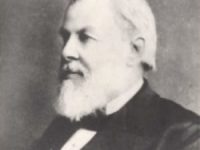

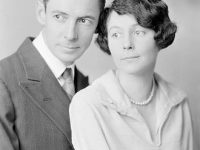



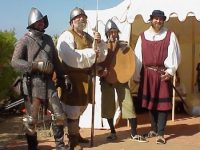
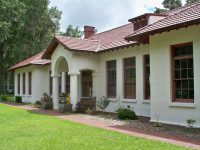
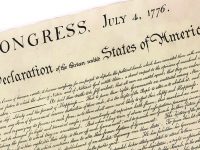
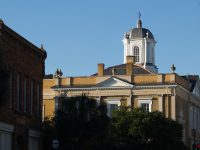

 We Can Do Better, South Carolina!
We Can Do Better, South Carolina!

























Recent Comments